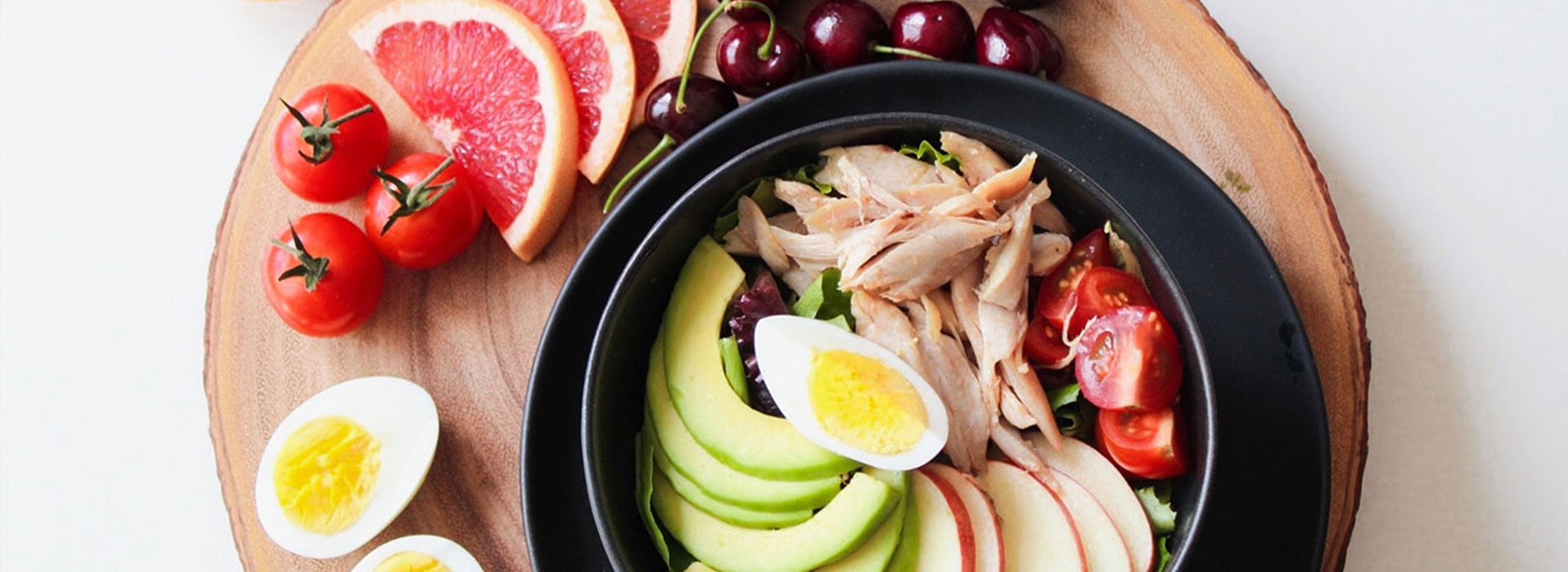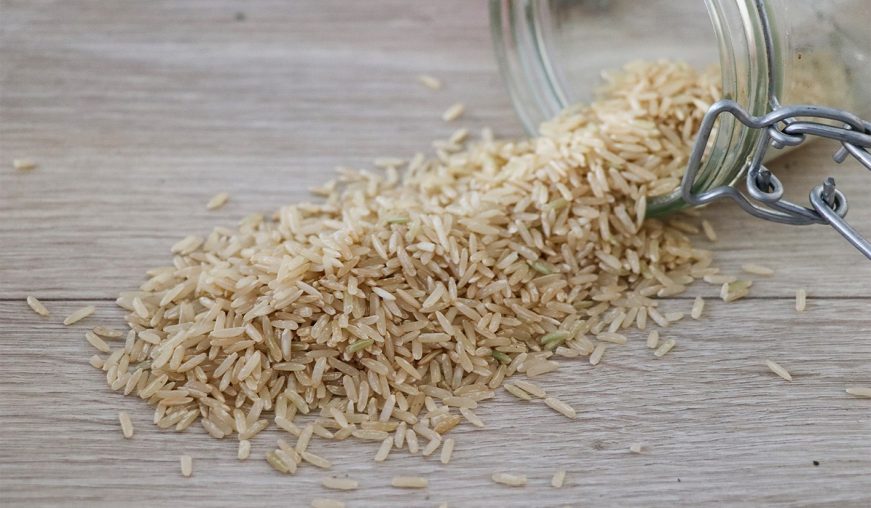The GI is an invaluable tool for helping you to lose weight and achieve optimum health. In practical terms it is a list that gives food a numerical value which represents how quickly a food is absorbed into the blood stream.
The GI was created in 1981 by Dr David Jenkins and Dr Thomas Wolever to help their diabetic clients make better food choices; the calculations or score for each food was achieved by analysing how quickly a food containing 25 or 50 grams of carbohydrate raises blood-glucose levels, the results were then put into a chart with a top score of 100.
So, put simply the GI measures the effect the food has on blood sugar. There are other ways or listings to assess the amount of sugar that a food contains and how quickly it goes into your blood sugar, for example the Glycemic Load (GL) that can be useful for highly specialised diets such as elite athletes, but GI tells us everything we need to know for weight loss.
Foods that speed quickly through your digestive system (such as refined foods) not only raise blood sugar but they also do not suppress appetite, whereas carbs that reach the small intestine before they are fully digested (such as fibre rich foods) stimulate the secretion of messenger signals to the brain saying “full up!” and you naturally stop eating as the hunger signal is switched off.

What you eat (not just how much) affects your appetite, if you stay fuller longer, then you are less susceptible to cravings and generally eat less. If you choose foods that are medium or low GI then you are assured of eating foods that take longer to digest and help supress hunger. In addition, nature has given us another benefit associated with these foods, most of them are nutrient rich and contain many other vital components including vitamins minerals and fibre as well as pro and prebiotics, digestive enzymes phytochemicals and flavonoids.
High GI 70-100
Medium GI 55-70
Low GI 55 and below
If you are calculating your GI you should aim to keep it under 100 for weight loss, some specialised diets e.g. for elite athletes calculate and dictate exact values.
As mentioned above, when it comes to “filling power” all foods are not equal, and that’s what the GI helps us to understand. My Colour Code System as my Colour Fast Re-Set programme take all of this into account and tells you how to put it into practice, so you don’t have to work anything out. Carbohydrates that are higher on the GI are PINK and those lower down the list are GREEN. This enables you to make the best choices when compiling your meals and choosing snacks.


